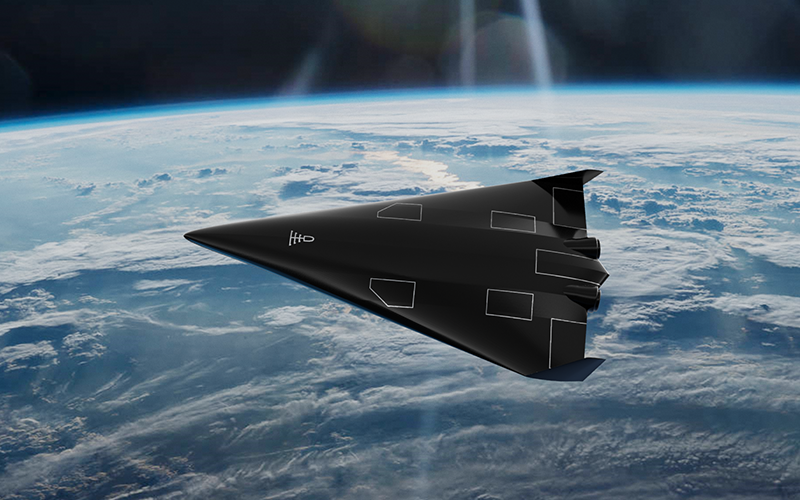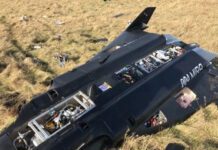
German startup POLARIS Spaceplanes has received approval for temporary restricted airspace (ED-R) to begin testing its MIRA spaceplane demonstrator over the waters of the Baltic Sea.
MIRA is 4.25 metres long and has a take-off mass of 210 kilograms. The demonstrator’s fiber-reinforced fuselage shell was built for POLARIS by Aachen-based Up2-Tec. It is the company’s fourth demonstrator and will be the first to be powered by a linear aerospike rocket engine. The spaceplane is also equipped with four kerosene-fed turbine engines.
The company’s ED-R request was approved by the German Federal Ministry of Digital and Transport and the Deutsche Flugsicherung (the German air navigation service provider). The restricted area encompasses 260 square kilometers including the skies above the Peenemünde Airfield and over the waters of the Baltic Sea north of the airfield.
It ED-R will allow testing to be conducted between September and December of this year. However, it will not be active throughout. The company will be required to announce flights via NOTAM 48 hours prior to liftoff.
During the four-month ED-R window, POLARIS plans to conduct between two and three flight campaigns. During initial testing, the MIRA vehicle will only be powered by its turbine engines. Once that initial phase is complete, test flights powered by the aerospike engine will begin.
The first test campaign for MIRA is set to begin next week. Talking to European Spaceflight, POLARIS co-founder and COO Annika Wollermann explained that this initial testing would actually utilize a lighter subscale version of MIRA that has been built in parallel with the actual demonstrator. The purpose of this smaller vehicle is to enable the company’s drone pilots to familiarize themselves with the flight dynamics of the system, test the aerodynamics in flight, and calibrate the flight control system. This lighter version of the vehicle does not require restricted airspace, which enables testing to begin before the ED-R comes into effect in September.
What comes next?
MIRA is the fourth of five planned demonstrators. NOVA will be the fifth. This final planned demonstrator will be 6.7 metres in length and will demonstrate the system’s capability at high altitudes. Testing of NOVA is set to begin in 2024.
The company will then begin work on AURORA, its multipurpose spaceplane and hypersonic transport system. With an initial test flight scheduled for 2026, AURORA will, when equipped with an expendable upper stage, be capable of delivering up to 1,000 kilograms to low Earth orbit.







